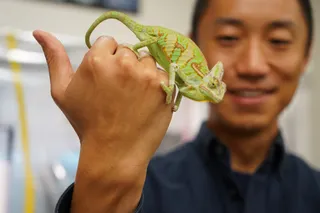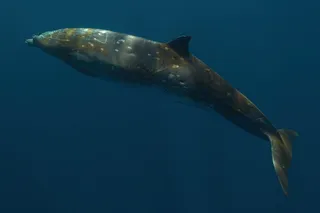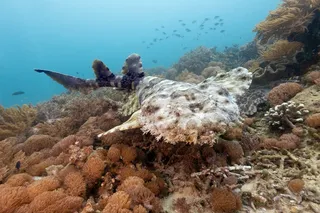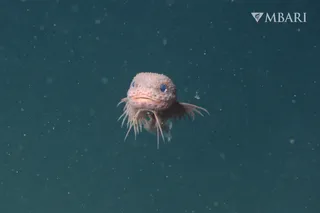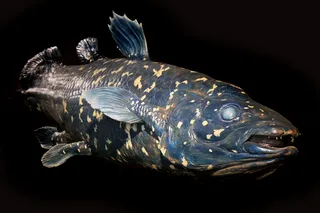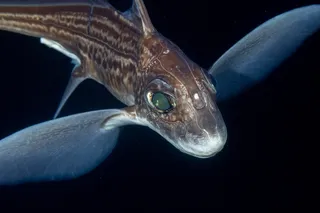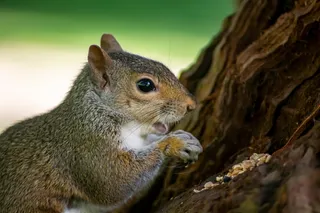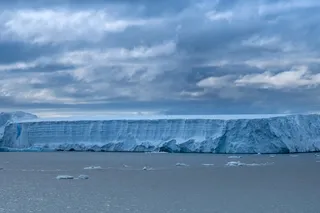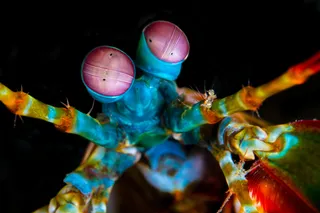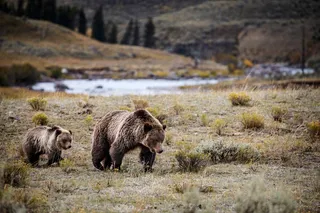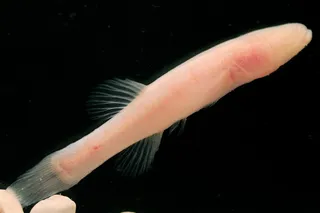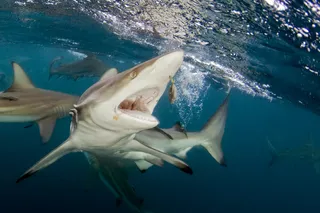The movie El Norte has stayed with me a long time. Anyone who has seen it will likely remember one horrifying scene when the two Mayan peasants from Guatemala--a brother and sister--cross the U.S.-Mexico border through a sewer pipe. It's 1984. California is the border battlefront. And Guatemala, torn asunder by a long civil war and a succession of brutal military dictatorships, is terrorizing the indigenous Mayan population. Towards the end of the film, the sister says to the brother:
In our homeland there's no place for us, they want to kill us. In Mexico, there's only poverty. And in the north, we aren't accepted. When are we going to find a home, maybe only in death?
If that film was made today, there would have to be at least one horrifying scene set somewhere in the remote desert of southern Arizona, where hundreds of illegal border crossers succumb every ...


